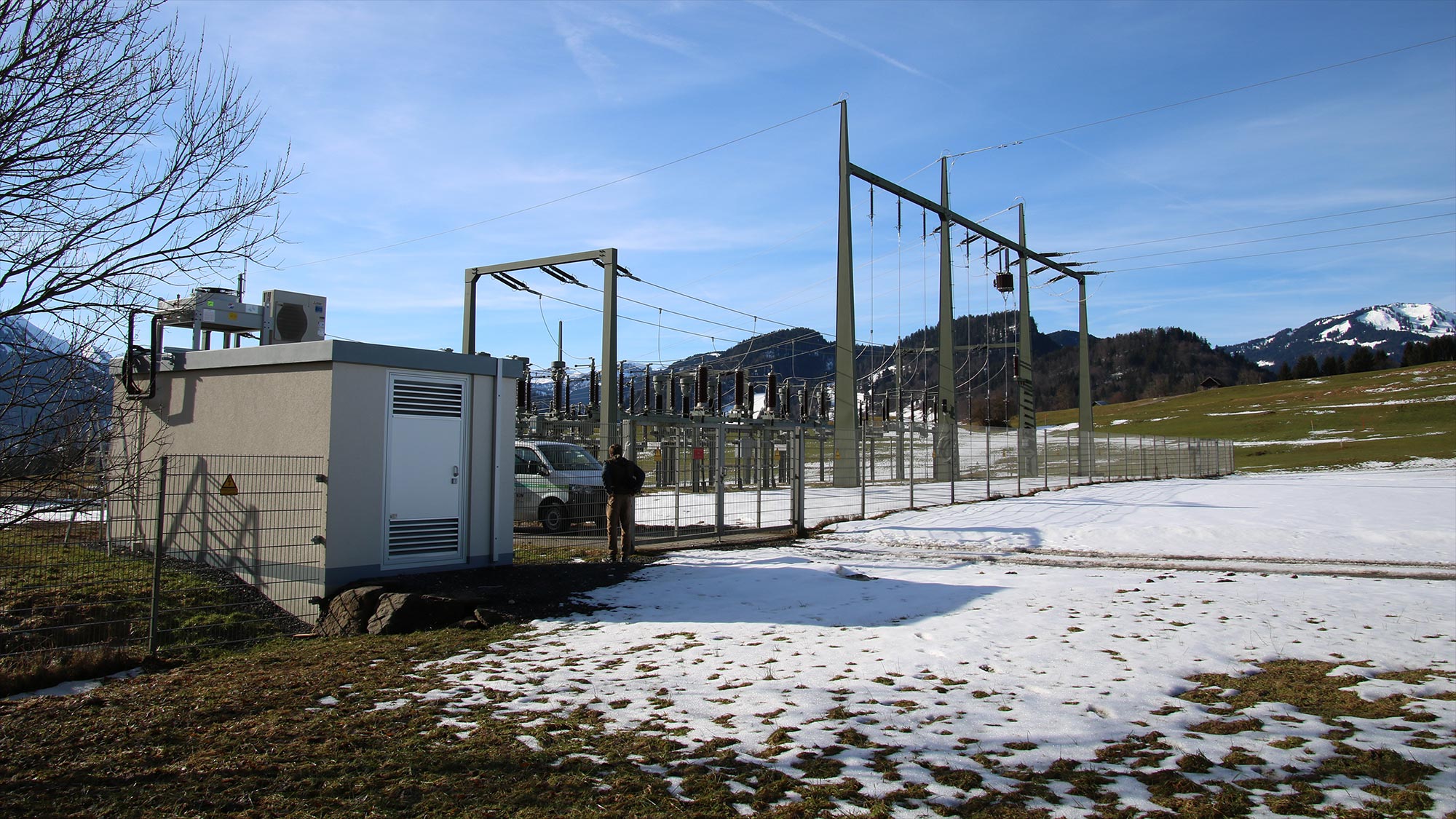Intelligent Control of a Battery Swarm

The concrete box the size of a garage, located among multi-family units, tennis courts and swimming pools to the west of Kempten, could be a conventional local network transformer station. But what’s hiding behind the metal door is neither a transformer nor a medium voltage switchgear, but 36 lithium ion battery packs, stacked to form a black wall – one of five large batteries spread throughout the greater Kempten area that the local network operator, AllgäuNetz, uses to ensure the stability of the distribution network.
And that is necessary, since, as in many other regions, the low voltage network in Kempten and the surrounding areas has come under significant pressure in recent years. The reason: the significant increase in feed-in of electricity from renewable energies. A clear example is the number of days on which electricity on the medium voltage level was fed back: Until a few years ago, this was very rare, but since 2017 it has already occurred more than a hundred times.
